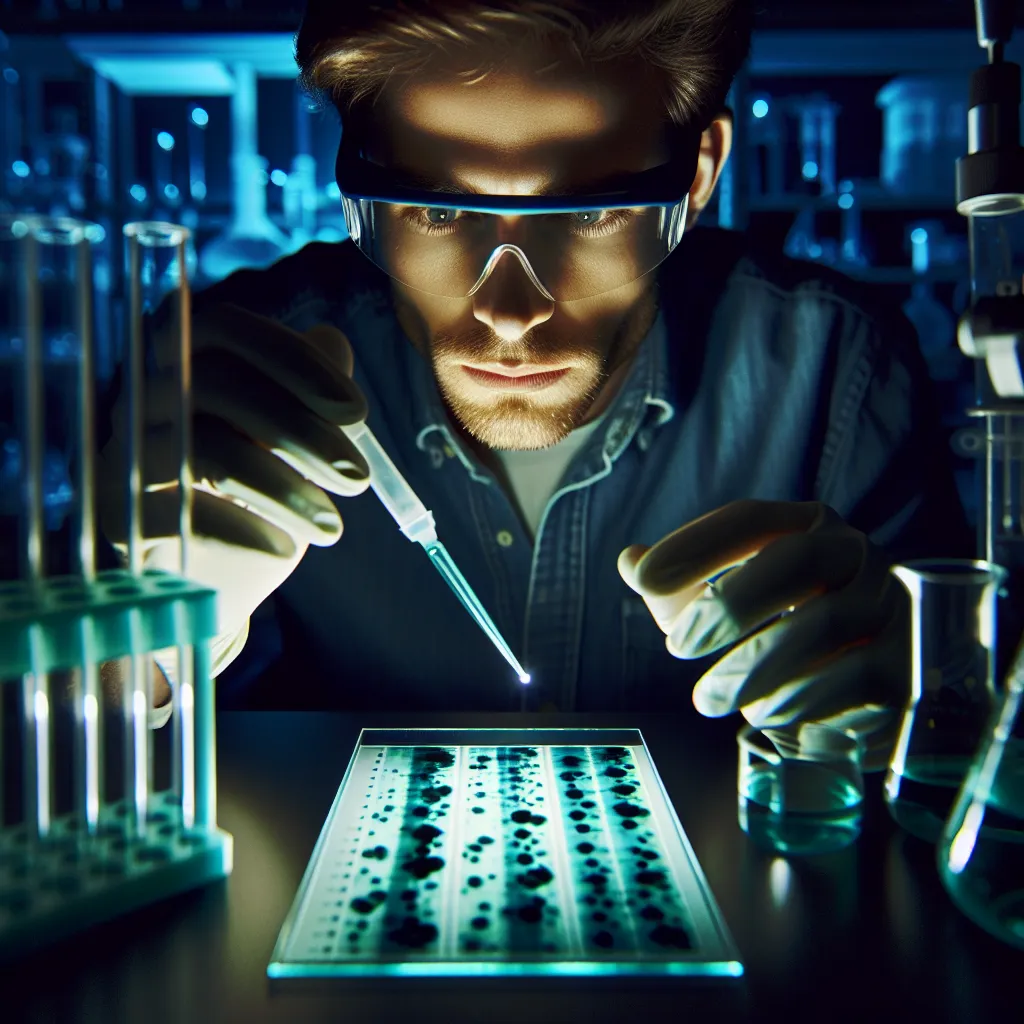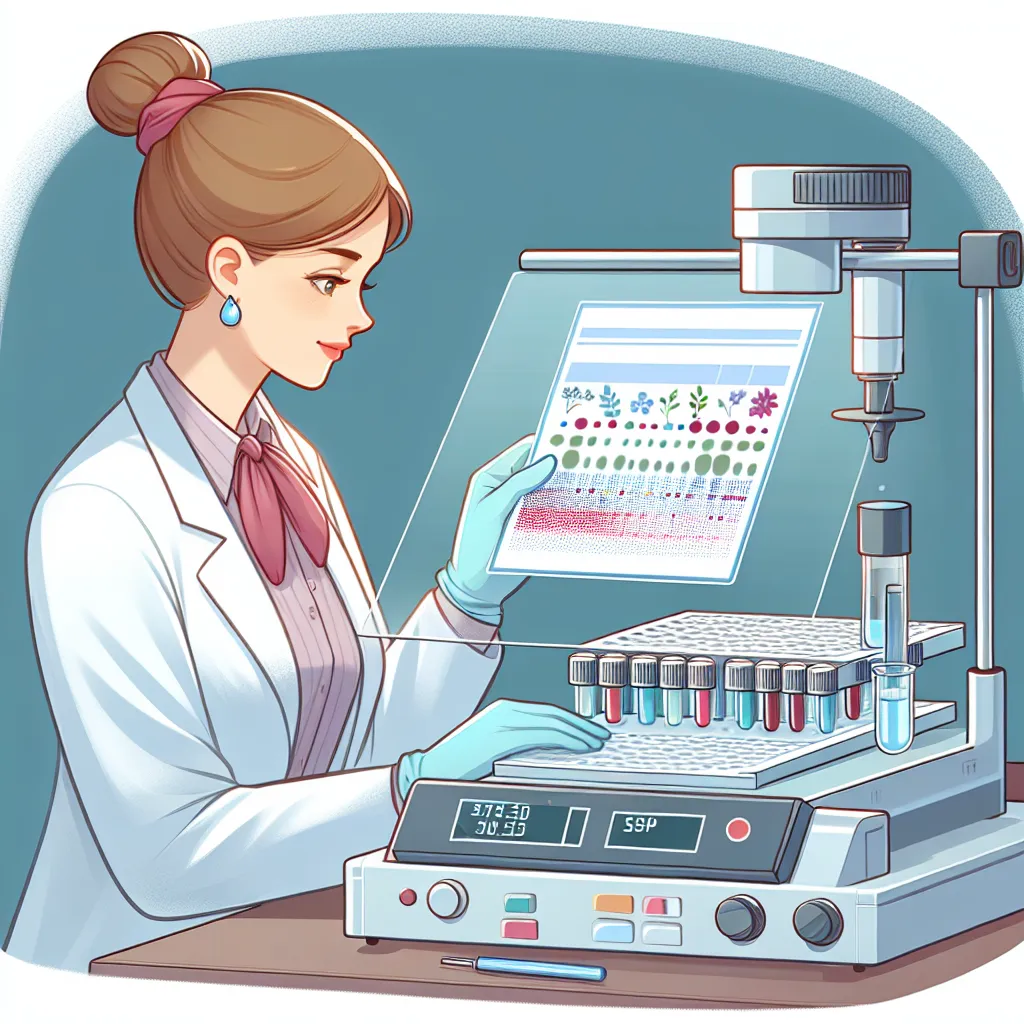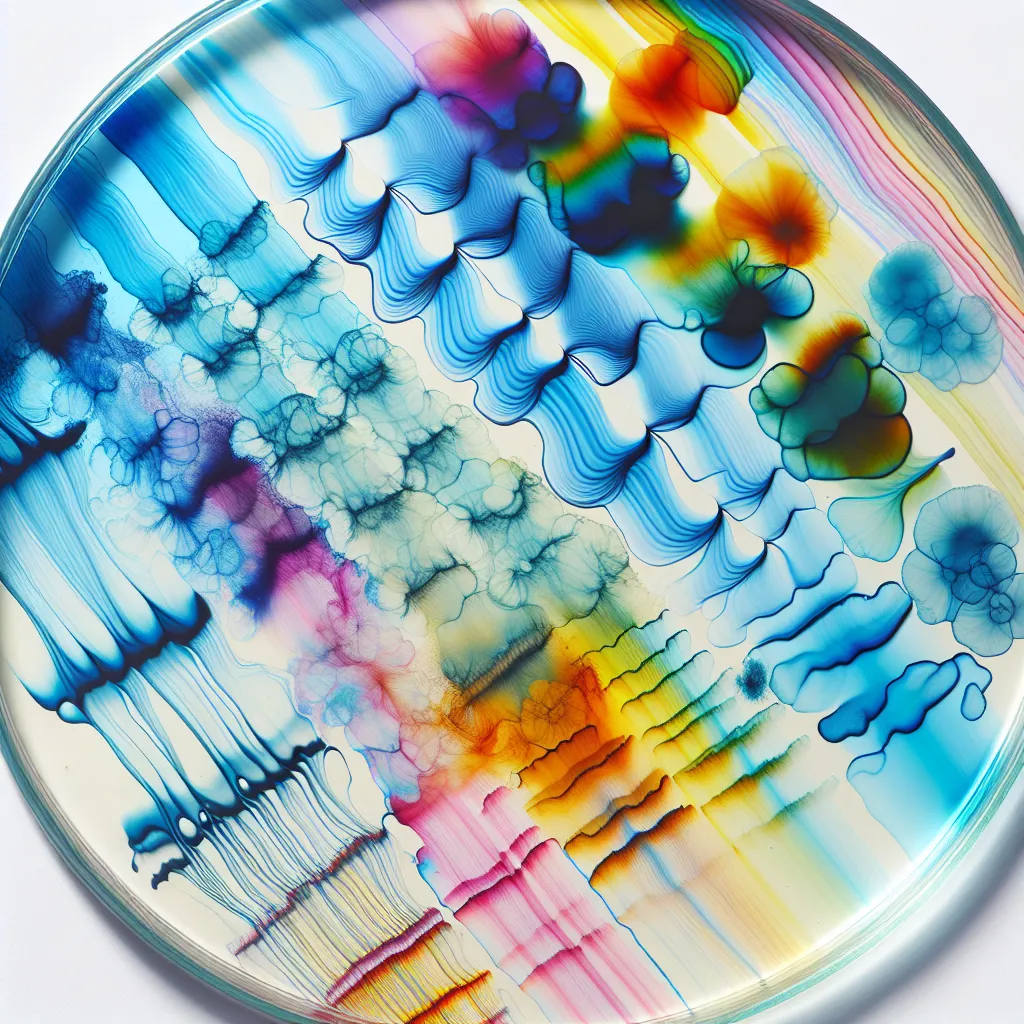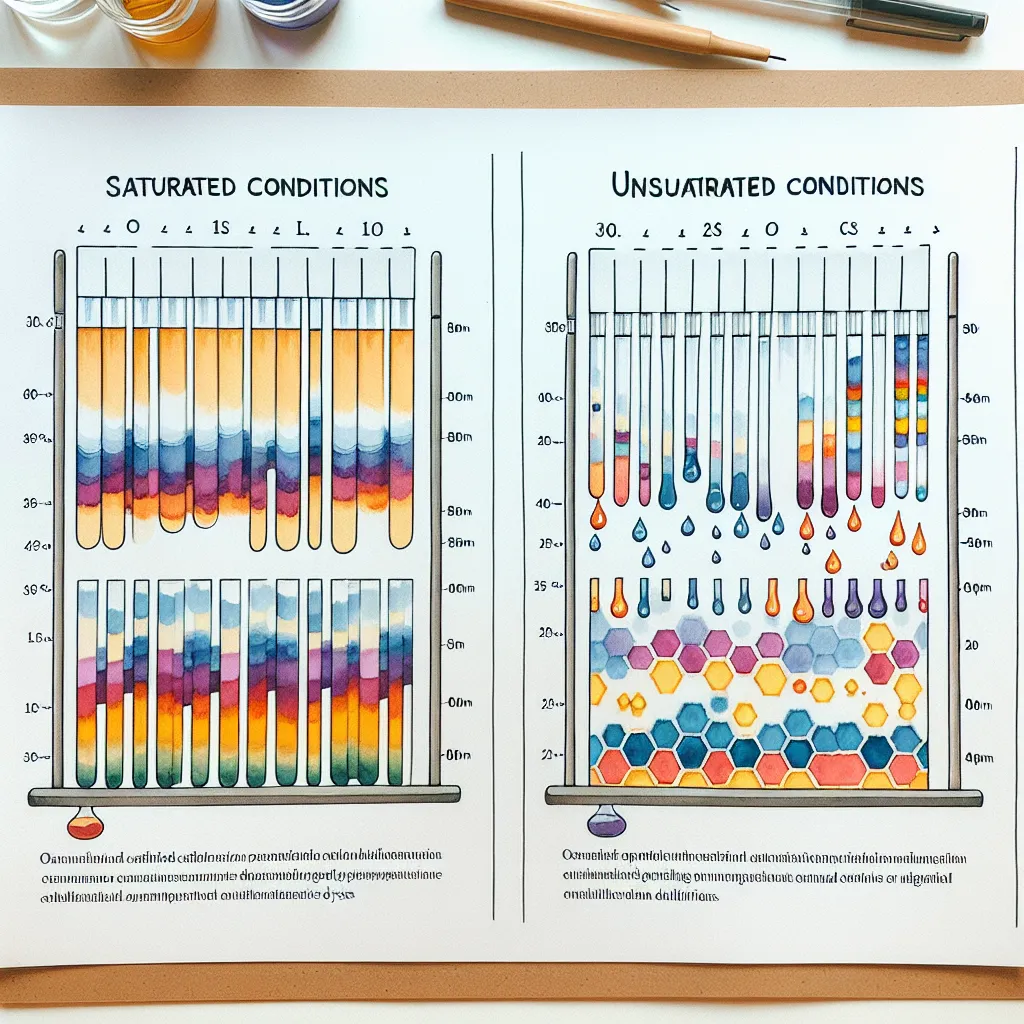Ask AI on The Internet
Question: Discuss how you might fully quantify the determination of the components in the mixture. Assume that you have tunable, variable wavelength UV/visible detector available on a TLC scanner. (Details of instrumentation not required.)
To fully quantify the determination of the components in a mixture using a tunable, variable wavelength UV/visible detector on a TLC (Thin Layer Chromatography) scanner, you can follow these detailed steps: 1. **Preparation of Standard Solutions:** - Prepare standard solutions of each known component in the mixture at different concentrations. - Ensure that these concentrations span the expected concentration range of the components in the unknown mixture. 2. **Spotting and Developing TLC Plates:** - Spot the prepared standard solutions and the mixture solution onto several TLC plates in a consistent manner. - Develop the plates using an appropriate solvent system that provides good separation of the components. 3. **Choosing the Optimal Wavelengths:** - Use the tunable UV/visible detector to determine the optimal wavelength for detecting each component: - Scan each standard spot at different wavelengths. - Select the wavelength where each component shows the maximum absorbance and minimal interference from other components. This is often the λ_max (maximum absorbance wavelength) for each compound. 4. **Scanning the TLC Plates:** - Once the optimal wavelengths are established, scan the developed TLC plates using the chosen wavelength for each component. - Measure the absorbance (or reflectance) for the spots corresponding to each component on the plates containing standards and the unknown mixture. 5. **Calibration Curves:** - Create calibration curves for each component by plotting the absorbance against the concentration for the standard solutions. - Ensure a linear relationship between absorbance and concentration for accurate quantification. 6. **Quantification of Components in the Mixture:** - Compare the absorbance of each component in the unknown mixture’s spot to the calibration curves to determine the concentration of each component in the mixture. - Use interpolation from the calibration curve to find the corresponding concentration. 7. **Validation:** - Validate the quantification method by checking the consistency and reproducibility of the results. - Possibly analyze some quality control samples with known concentrations to ensure the method's accuracy. 8. **Quantitative Data Analysis:** - Ensure that any background noise or variability is accounted for and minimized. - Statistically analyze the data to provide confidence intervals or error margins for the concentration values obtained. By following these steps, you can fully quantify the determination of components in a mixture using a tunable, variable wavelength UV/visible detector on a TLC scanner. This process ensures accurate and reproducible quantification through careful calibration and method validation.
Think your answer is better than the AI's? Post it below.
Other Most Relevant Posts:
 Quantifying Components in a Mixture Using TLC with a Variable Wavelength UV/Visible Detector: A Detailed Discussion
Quantifying Components in a Mixture Using TLC with a Variable Wavelength UV/Visible Detector: A Detailed Discussion
 Unveiling the Unknown: Analyzing TLC Results and Identifying Substances with Specific Rf Values - A Comparative Discussion
Unveiling the Unknown: Analyzing TLC Results and Identifying Substances with Specific Rf Values - A Comparative Discussion
Question Tags
If you want your question answered by an AI, click here.





Post your own comment: